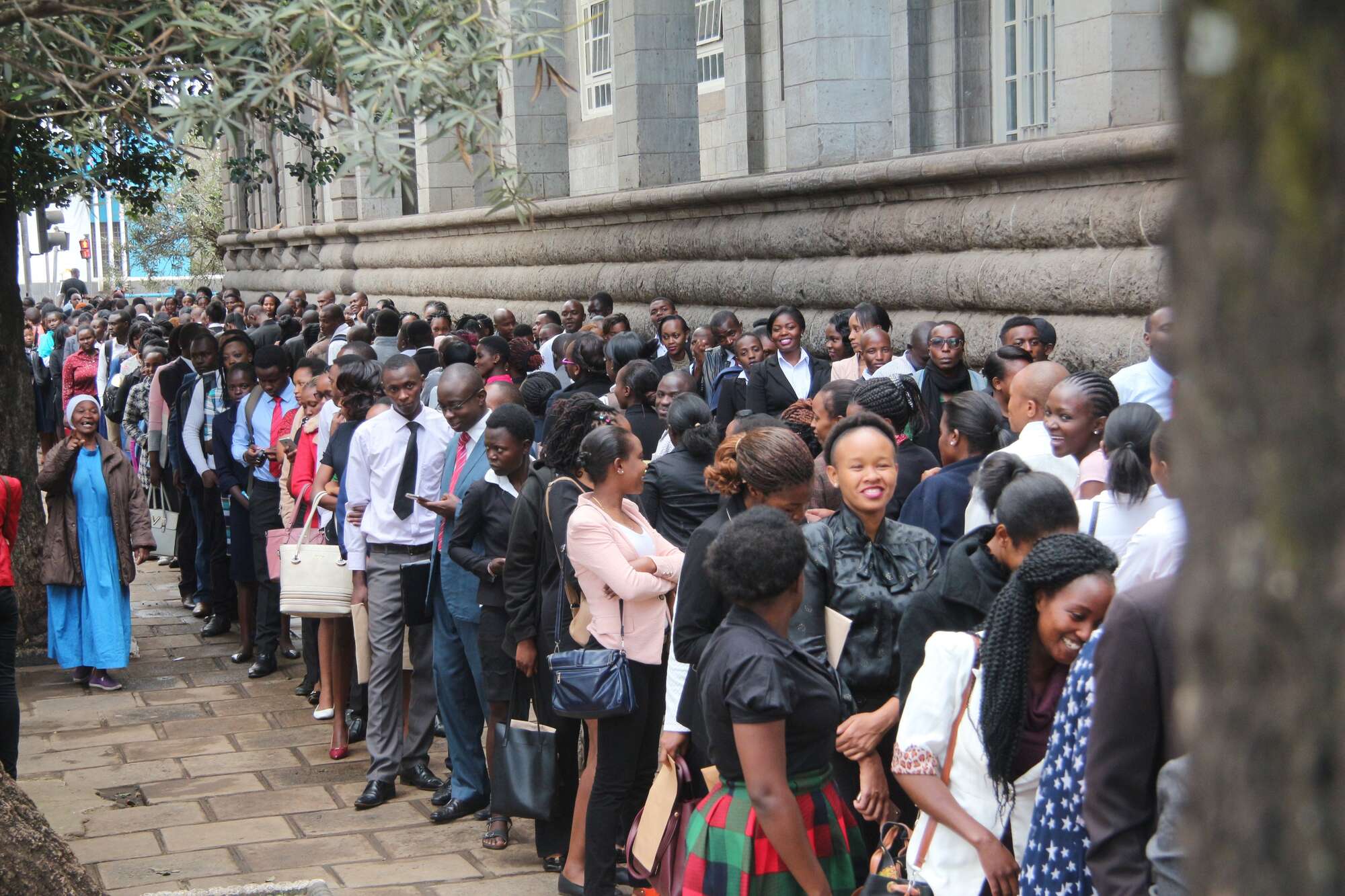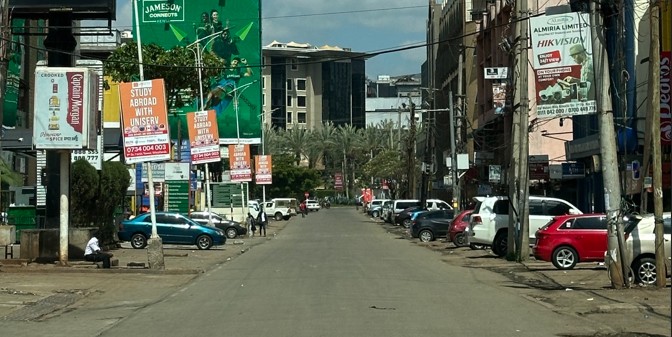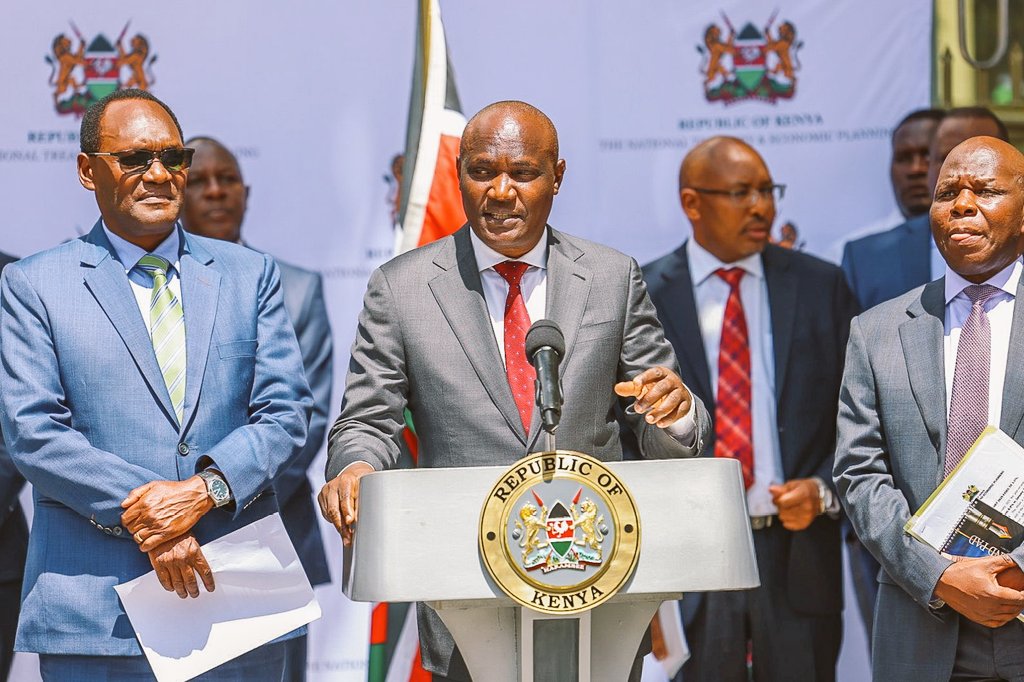20 million Kenyans at risk of hunger as they struggle with economic challenges – KNBS

Nakuru has emerged as Kenya's second-largest county by gross domestic product (GDP), surpassing Kiambu, the KNBS report shows.
An estimated 20 million Kenyans are at risk of going hungry as they struggle to meet their basic needs, according to a recent report from the Kenya National Bureau of Statistics (KNBS).
The findings, which reveal a national poverty rate of 39.8 per cent, highlight the growing economic challenges faced by the majority of the country's population.
More To Read
- Somalia faces worsening hunger with millions needing assistance
- How digital platforms are creating new pathways for youth, with riders taking home up to Sh70,000 monthly
- Busia destroys Sh21.9 million worth of heroin, bhang in anti-drug operation
- Mandera launches emergency food aid for 15,000 amid deepening drought
- Economic value of unpaid domestic and care work in Kenya
- Study finds Kenya’s unpaid household labour worth Sh2.5 trillion annually
The poverty headcount rate, which indicates the percentage of people living below the poverty line, paints a bleak picture of Kenya's socio-economic landscape.
The report reveals that nearly 40 per cent of Kenyans are living in conditions where they are unable to afford both food and essential non-food items.
The report has been released at a time when unemployment levels in Kenya remain worryingly high, further exacerbating the issue.
According to the 2024 Gross County Product (GCP) report, as of 2022, the total working population in Kenya stood at nearly 20 million people, out of an estimated 52 million citizens.
The working population comprises 10.48 million men and 9.52 million women, with men slightly outnumbering women in the workforce.
The report provides a breakdown of employment across the country, highlighting that Nairobi, the capital, has the highest number of working individuals, with 2.19 million people employed.
This reflects Nairobi's status as the economic hub of the country.
Following Nairobi are Kiambu with 1.29 million workers and Nakuru with 947,626, both of which are significant urban centres with considerable economic activity.
On the other hand, counties with smaller populations and fewer economic opportunities, such as Lamu (44,926), Isiolo (48,293), and Samburu (43,428), have the lowest working populations.
These counties, the report suggests, are struggling with limited economic diversification, making it difficult for residents to find employment.
The report also delves into gender distribution in the workforce, noting that counties like Turkana and West Pokot show a relatively balanced representation of men and women in employment.
In contrast, counties like Wajir and Mandera have a more pronounced male dominance in the workforce. This gender disparity, the report notes, is linked to regional economic activities and local socio-economic conditions.
Another notable finding in the report is the shift in economic contributions by county.
Nakuru has emerged as Kenya's second-largest county by gross domestic product (GDP), surpassing Kiambu in a significant economic shift that occurred in 2023.
This marks an important change in the country's economic landscape and reflects Nakuru's growing industrial and urban influence.
While these regional economic disparities offer insights into the structure of Kenya's workforce, they also reveal a harsh reality: as unemployment continues to rise and poverty deepens, millions of Kenyans are facing daily struggles to survive.
The challenge now lies in addressing these issues through policy reforms, job creation, and sustainable economic development.
Top Stories Today
Reader Comments
Trending














































